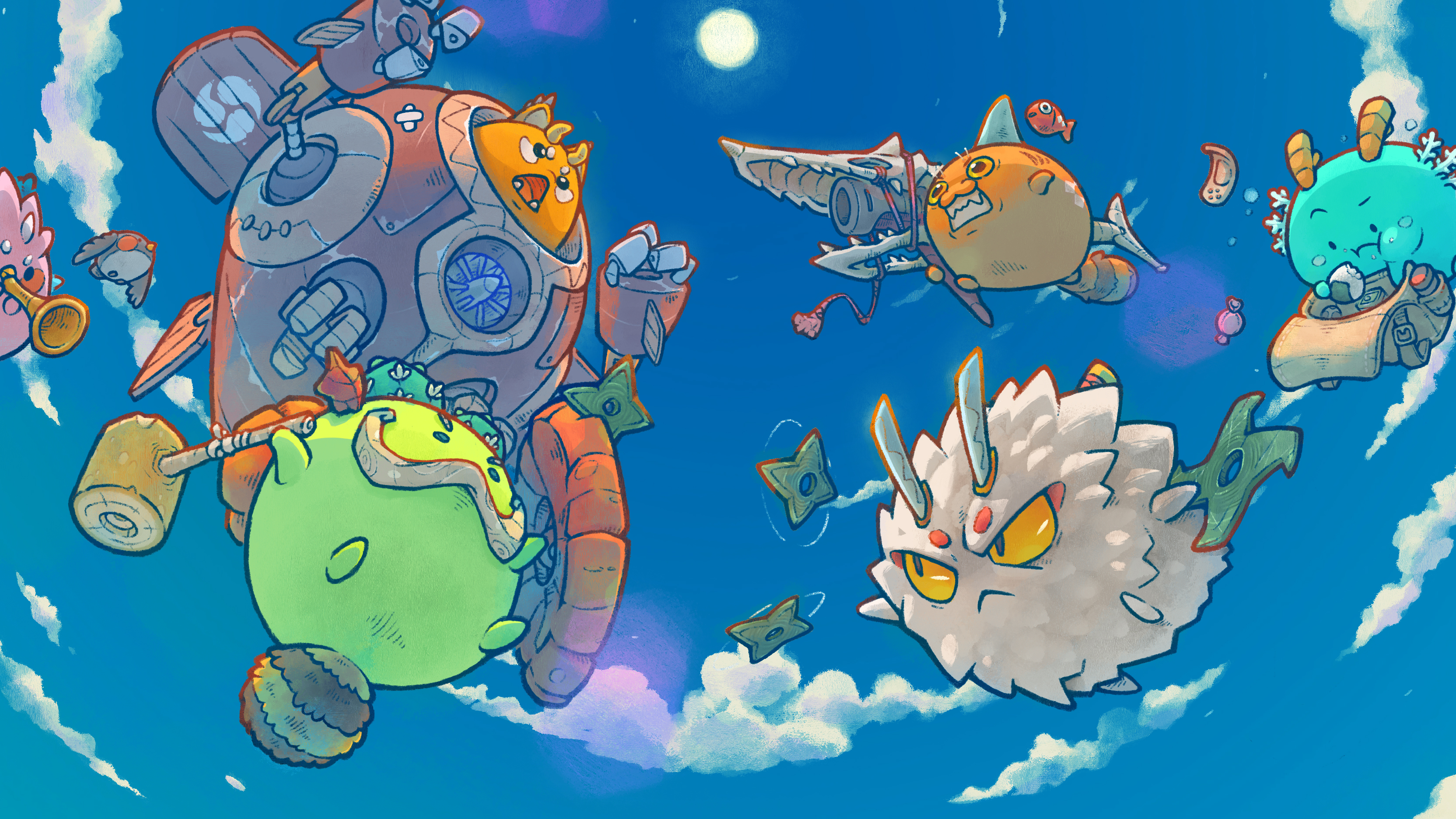
It’s inevitable that NFT gaming will take off. NFTs, or non-fungible tokens, are a digital currency held on a blockchain that can track ownership of an asset wherever it goes, and can offer resell percentages to past owners. The act of seeking out rare items, collecting limited trinkets, and unlocking scarce art and souvenirs to hold and cherish should be a no-brainer for the world’s 3 billion gamers.
However, for many NFTs are still a hard sell. They can be complex and suffer from poor UX design (get ahead of this with our UX Design Foundations course). There’s an inherent volatility, and the environmental impact of NFTs, in their current use is hard to ignore. For gamers particularly the spectre of loot-boxes still prevails – these paid-for random boxes of items sucked cash from players.
But NFT gaming is one of 2022's biggest new NFT trends, and it will be hard for developers and publishers to ignore. We explain more about what are NFTs? in our in-depth feature, but to discover what it all means for games, keep reading (or jump straight to our NFT gaming explained section). As more major publishers back or are exploring uses of NFTs – including Ubisoft, Konami, Epic, Capcom, and EA. In fact, Square Enix has announced its first NFT game, called Symbiogenesis.
Want to know more about NFTs and the impact this new technology will have on art? Then don’t miss Vertex Week 2022, the ultimate virtual event for the digital art community. Bored Ape Yacht Club member Jace Kay will be discussing NFTs and the metaverse as well as advice from artist Chris Petrocchi on how to promote your NFT art.
01. NFT gaming will add value
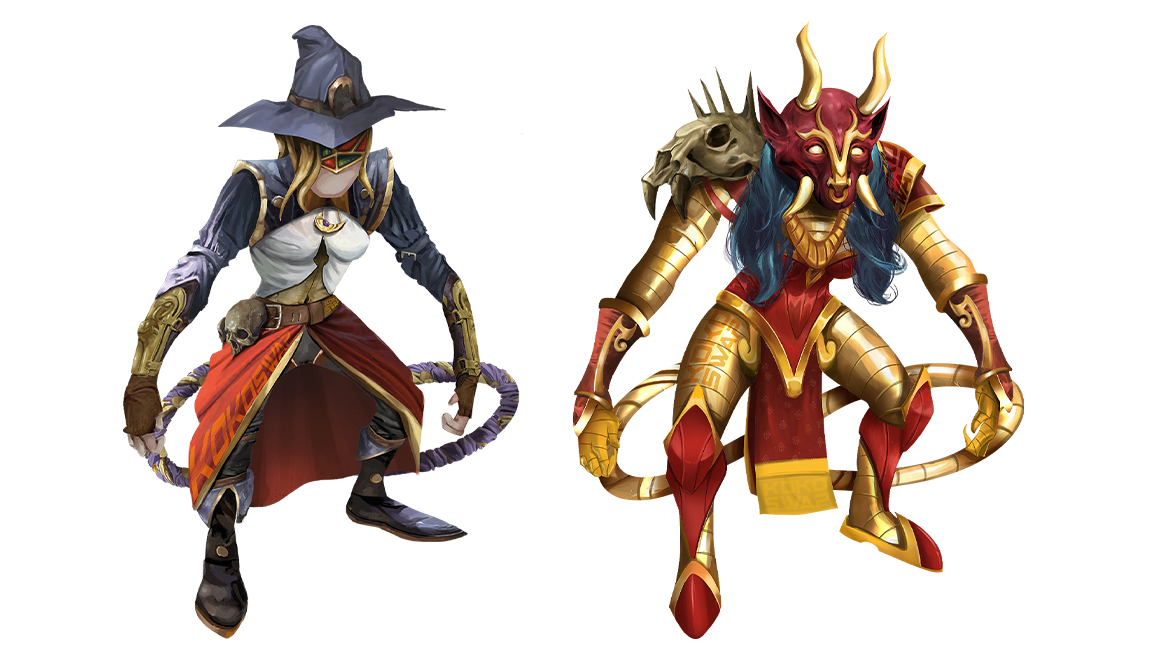
Let’s begin with the big one. NFTs in gaming can unlock and add value to gameplay already experienced. As KokoSwap's Chris Clarke explains: “In the gaming industry, it's something where if the gamer is putting their value into the game, it just makes complete sense they can take this value out of the game.”
This is Ubisoft’s view, with the implementation of its own platform called Quartz, and its in-game NFT, called Digits. The publisher launched Quartz at the end of 2021 to fan backlash, but it stayed the course. This is crucial as NFTs can effectively create a second-hand market for digital games and items.
Quartz offers current players of Ghost Recon Breakpoint, it’s open-world tactical shooter, NFTs of new cosmetic items, often back-dated to reward long time players. The use of NFTs means players can be the sole owner of an in-game item, and then choose to trade, sell or hold it. The idea that players can earn money from a game is not new, but NFTs are more secure and flexible.
Get the Creative Bloq Newsletter
Daily design news, reviews, how-tos and more, as picked by the editors.
02. Players will take control
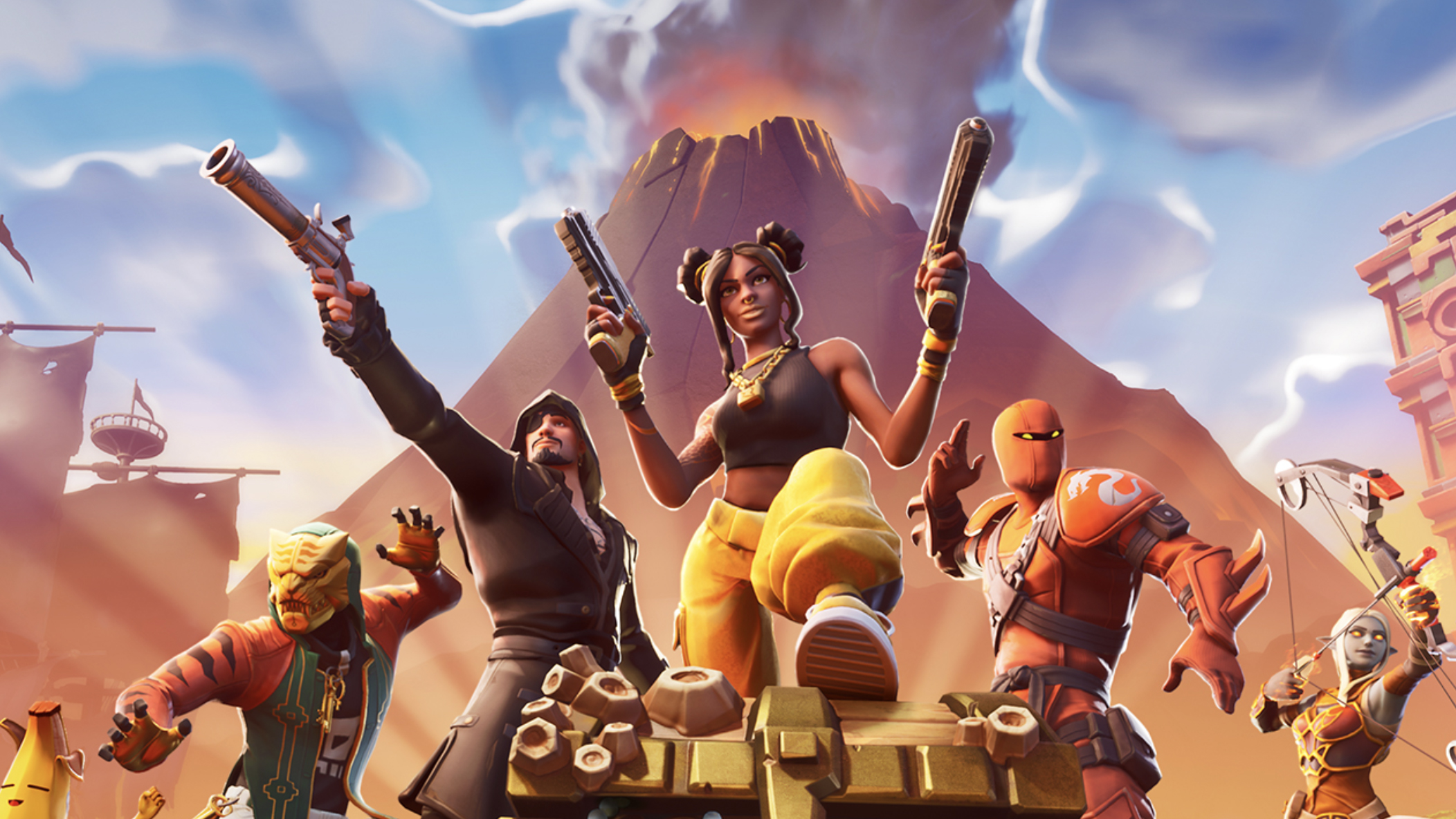
As mentioned above, gamers are used to buying in-game items through microtransactions and season passes. But NFTs place more power in players hands, and will enable them to sell items, and even earn a percentage from future resales. For those players who grew up by selling old games to pay for new, this is huge for a digital games era.
A game like FIFA already offers limited-time skins, as does Fortnite. Both games create a scarcity but the developer is in control. With NFTs players can control the sale and resale of items. If you came to FIFA Ultimate Team late, missed the season’s first kits, you will be able to buy them from other players.
As well as items players could also invest in NFTs of news skills or XP. If we take the FIFA Ultimate Team example, this could give players an income as a team-builder; creating unique teams and selling them on to other players on an NFT marketplace.
NFT gaming can also embrace the ownership players could bring
This Ultimate Team example raises a key issue of concern for committed gamers. Those gamers with large wallets would be able to simply buy a great pre-made team and win trophies, earning NFTs as rewards and never look back. In some ways NFTs could drag in the worst aspects of real life football as the richest ‘clubs’ thrive.
Yet NFT gaming can also embrace the ownership players could bring. Key to many games is the idea of customisation, this could be expanded to enable creators to make NFT-powered assets for their favourite games and sell them on a marketplace.
This could be, for example, fan art and projects around a game. This is where something like the GameStop NFT marketplace could help – to offer space for fans to share created content. But uses NFTs in this way would mean publishers handing over a degree of IP ownership to its players. (Discover how to make and sell an NFT in our guide.)
03. Play-to-Earn games will be huge
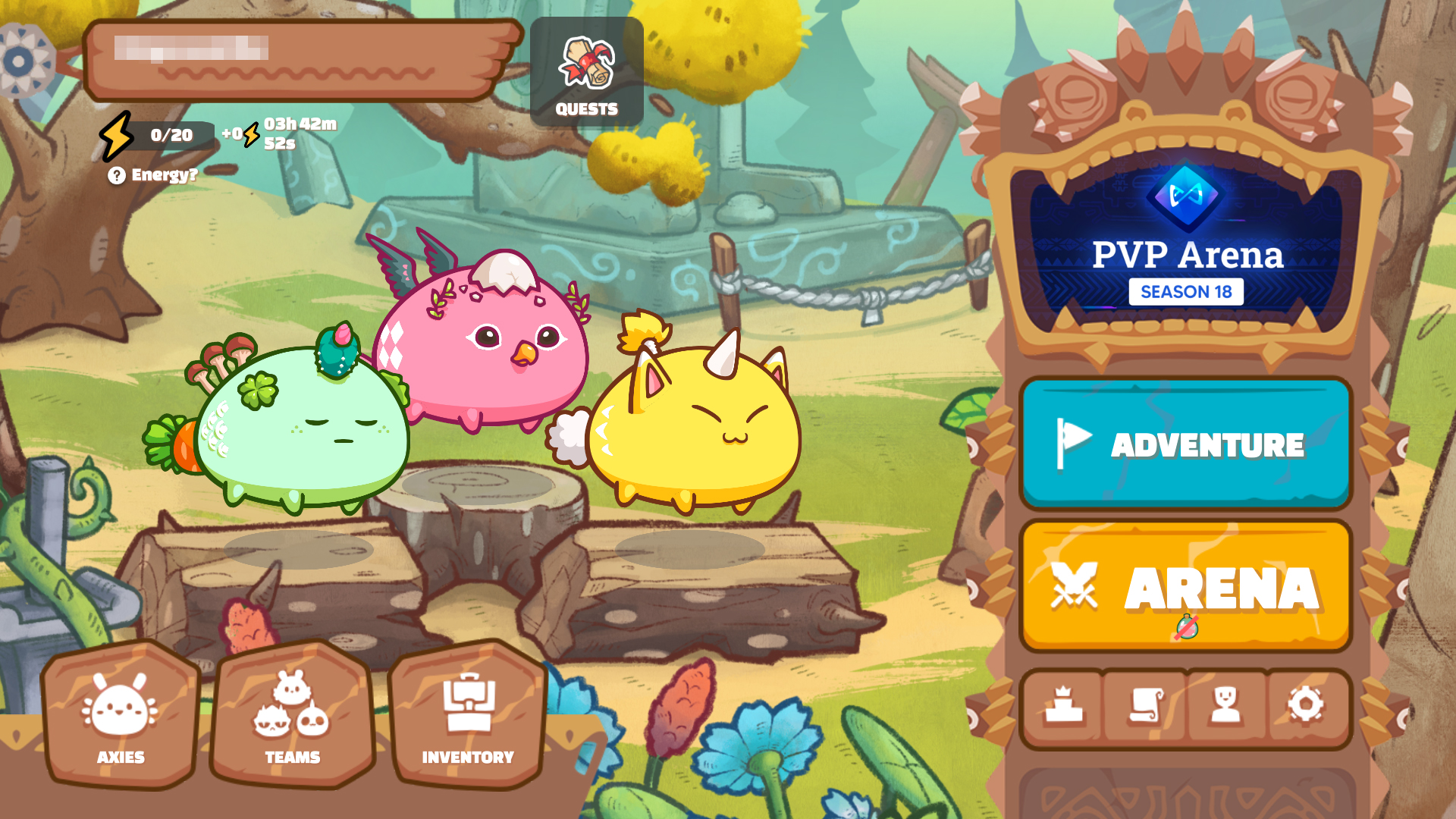
An internal market and economy can be positive. The rise of Play-to-Earn games, such as Axie Infinity, (think of its Axies as Pokémon) are pointing the way ahead. Some players are even able to earn a living from these games. With 3 million daily users Play-to-Earn games like Axie Infinity aren't going away.
While many Play-to-Earn games share similarities to non-NFT titles, such as Pokémon and Stardew Valley, there are accusations some are simply backdoor blockchains; the gameplay comes second to buying and trading cryptocurrency in the guise of collectible items.
Speaking on a panel discussion about the metaverse at Token2049 Axie Infinity's co-founder Aleksander Leonard Larsen revealed 50% of its players had never used cryptocurrency before playing the game. This shows how NFT games can help develop the UX design and make blockchains accessible.
Even successful Play-to-Earn games like Axie Infinity can be an uphill struggle to navigate crypto wallets, buy-in fees, hidden costs, and more before you can even begin collecting a cherished Axie. There's room to improve, possibly by merging the best ideas and UX design of Play-to-Earn and Free-to-Play.
Play-to-Earn also has some issues around its volatility. The value of items can go up as well as down, and this can lead to players leaving a game in large numbers to cash-out. If the numbers entering can't match or better those leaving there could be problems.
Yet the design of Play-to-Earn is similar to Free-to-Play games and as such the roots are here for gamers to engage with, so long as 'Play' is always prioritised over 'Earn' and these aren't money-grab trading apps dressed as cute creatures.
04. It will all be about 'interoperability'
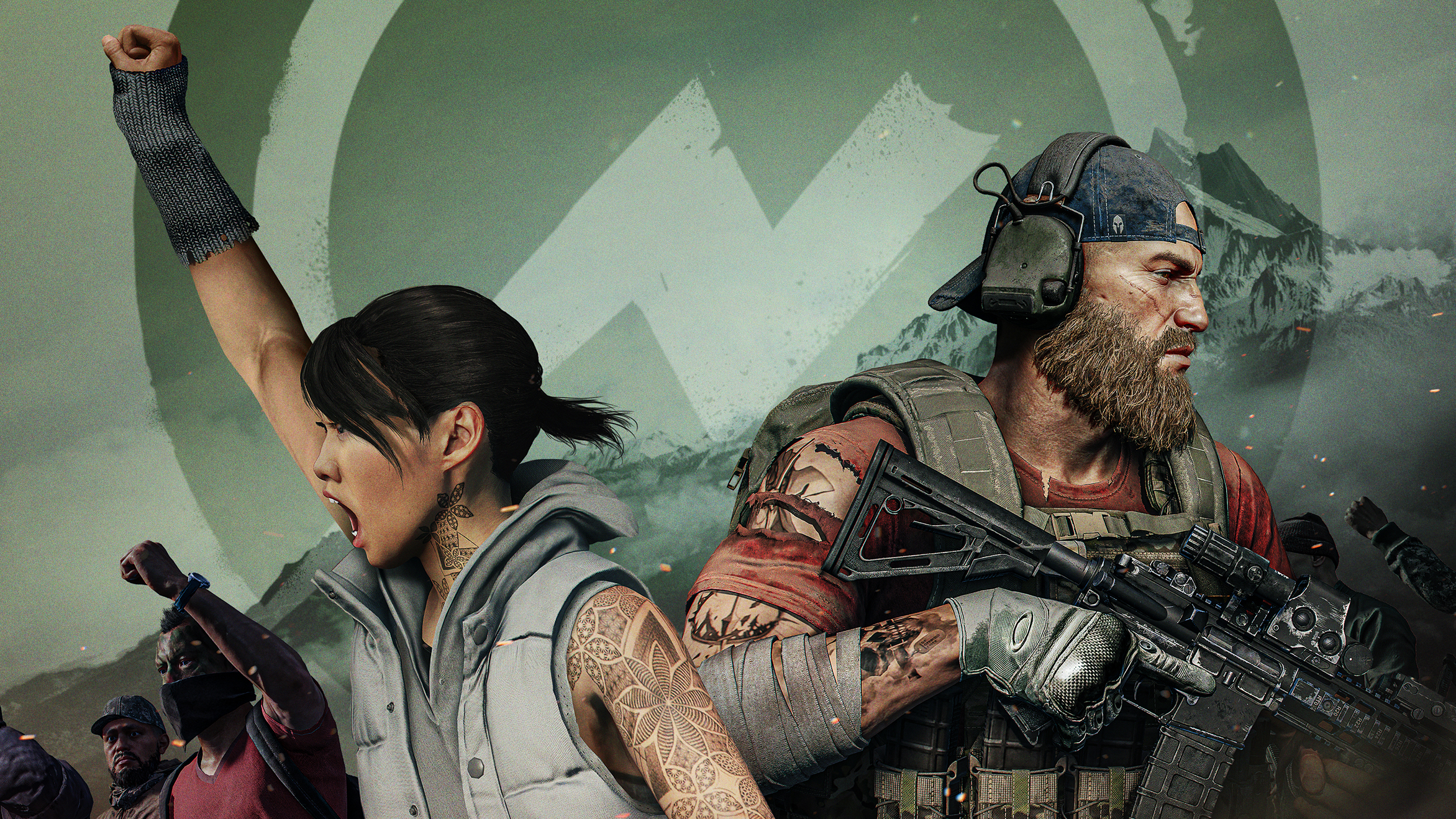
That’s a big word, and it’s a big idea. Your NFT collectible can be used across many or all games. The NFT is held on a blockchain, its data and ownership tracked and is above corruption, which means it can easily be transferred across games sharing the same blockchain.
This would be a strength of Ubisoft’s Quartz. For a publisher with many leading gaming brands, being able to link them all and their items as NFTs would be fascinating. Against accusations of a cash-grab, Ubisoft revealed it won't earn from resells on Quartz, and this NFT platform is built on the low-carbon Tezos blockchain.
NFTs enable players to take ownership of in-game items out of the hands of a game’s publisher. Items bought and earned on an NFT blockchain can, in theory, be used across games. So if, for example, Ubisoft closes Ghost Recon Breakpoint but launches a new Tom Clancy shooter, you could, in theory, transfer your ‘Clancy NFTs’ to this new game.
There are questions of how far this can go. What, for example, are the practicalities of transferring an NFT between many types of games? It also raises questions over if this use of NFTs will hold back creativity as all future games may need to incorporate old NFT assets.
05. Games will lead the metaverse
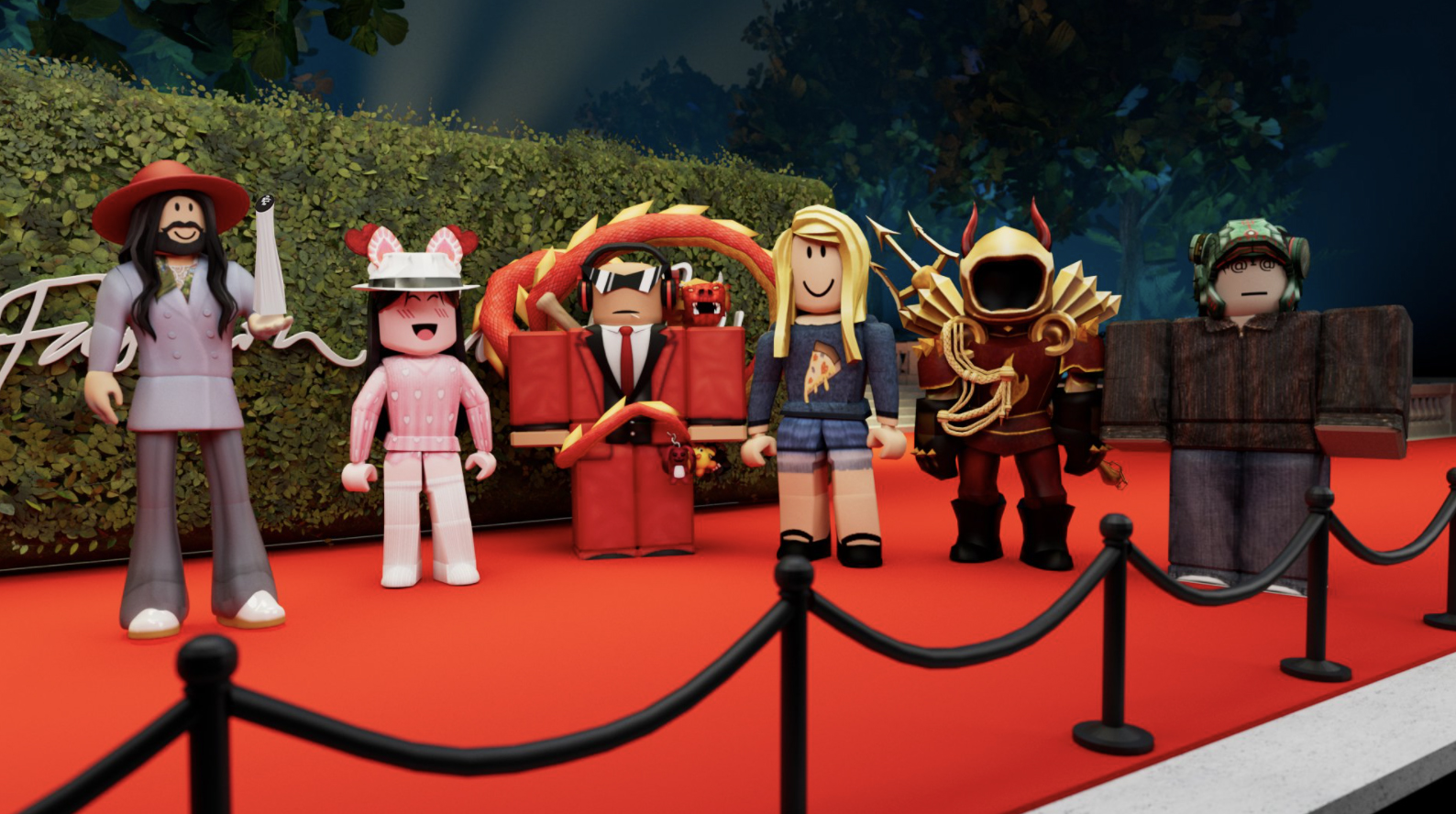
NFT-powered games such as Splinterlands and Axie Infinity are ahead of the curve for those who want the benefits of blockchains, and the metaverse. Games will be one part of the metaverse, and NFTs will be the glue that links them to other parts of our connected, digital future.
If you read that paragraph and are still asking, what is the metaverse? You can read about it in our detailed guide.
Some, such as Meta, see the metaverse as one thing or place, but it will likely be more than a posh Zoom call. The metaverse will be spread across the internet, hosted on many platforms, games, and sites. Microsoft’s recent buyout of Activision Blizzard points towards, perhaps, a Microsoft metaverse run via Game Pass.
The metaverse is actually a broad term for Web 3, it will change the way we socialise, work, play video games and interact. It will have multiple facets and spaces, and we will even have multiple 'personalities'. Your Axie self will likely be different to your Call of Duty persona, in the same way as your Linkedin identity is different to your Twitter self.
Video games could be the heart of the metaverse, linking fashion, music, art and events. Brands are already racing to enter current 'metavese' games – Adidas has bought land in The Sandbox, a virtual real estate company, while Gucci has teamed-up with Roblox to sell items, and Balenciaga has partnered with Fortnite dev Epic Games to offer clothes that can be bought in virtual stores.
The metaverse is already happening, and NFTs will make it easier and faster.
06. NFT games will mix real and virtual worlds
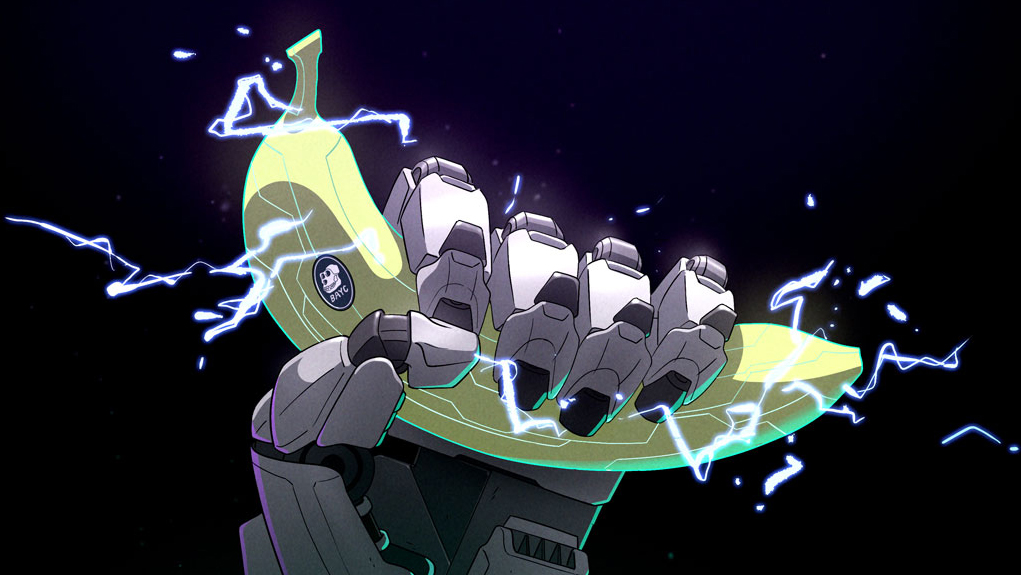
Let's imagine FIFA with NFTs. That NFT collectible Spurs shirt you unlocked or bought in FIFA (let’s presume) can have a wider use than for simple in-game bragging rights. NFTs are proving to be a unique way of bridging digital and physical worlds.
The Bored Apes Yacht Club, which has a BAYC game releasing in 2022, hosts regular events for their owners, as does KokoSwap. So that FIFA NFT could gain you access to an invite-only Spurs training camp or fan event. But more than that, you could get the real rare shirt as a wearable.
"It’s about building connections,” says KokoSwap's Chris Clarke. Digital wearables in games can go up in value as scarcity is created, but there’s function in the NFTs too as the two worlds merge – in the future events, clothes and goods will be extracted from games and made physical. “It's being able to combine the two worlds,” says Clarke, "that's when a jpeg becomes so much more."
07. Game collectibles will be enhanced
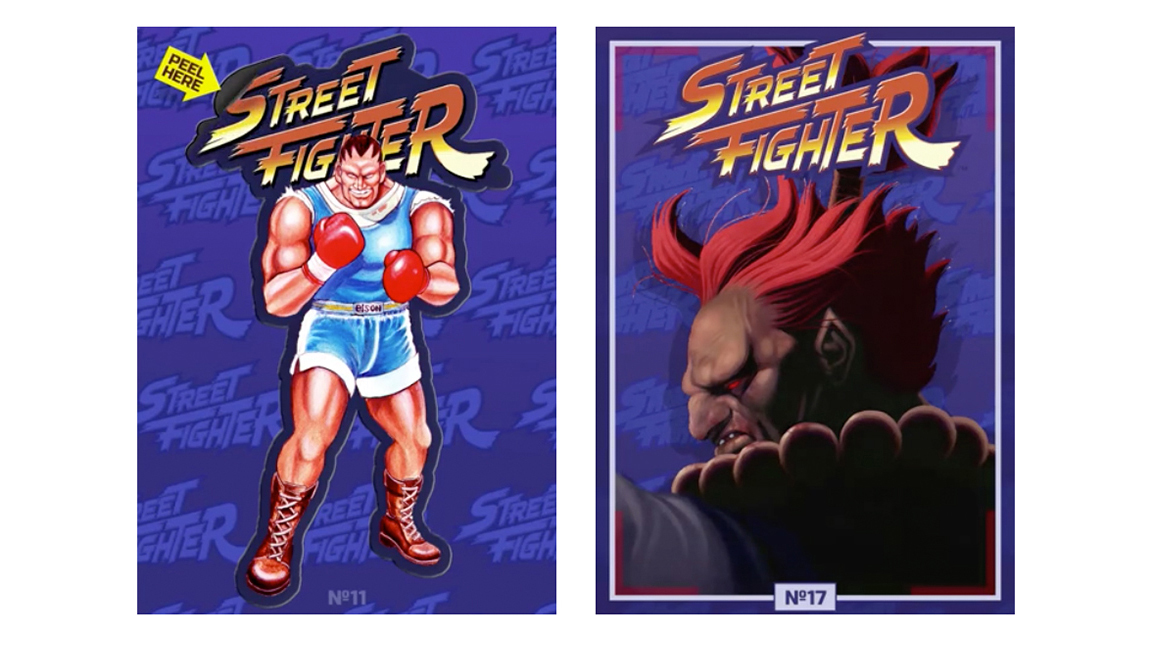
This is where major game publishers are already exploring NFTs. Konami released a 35th anniversary collection of NFTs for Castlevania, to fan backlash. Yet these NFTs still sold, averaging $12,000 per NFT, showing there's demand.
The act of collecting game items and rare goodies is second nature to gamers. Being able to 'own' a piece of gaming history, especially retro game art and music, is incredibly enticing. The Konami example suggests gamers held their noses and bought.
For legacy publishers such as Sega, Square Enix and EA, the opportunity to offer fans a piece of history via NFTs will likely be too big to pass up. Now consider NFTs can be used to track ownership of physical collectibles, where a new statue, figurine of painting can be tagged and its ownership held on a blockchain, and we could be on the cusp of a new era of game collecting.
"I see that happening because there's so much value in that happening," says Chris Clarke, who sees gaming NFTs in this way as demystifying NFTs. "With the technology that's built now I think we're nearly there. With crypto and blockchains, I think it's just scaling them to really to bring on the mass adoption."
08. NFTs will be the next Kickstarter
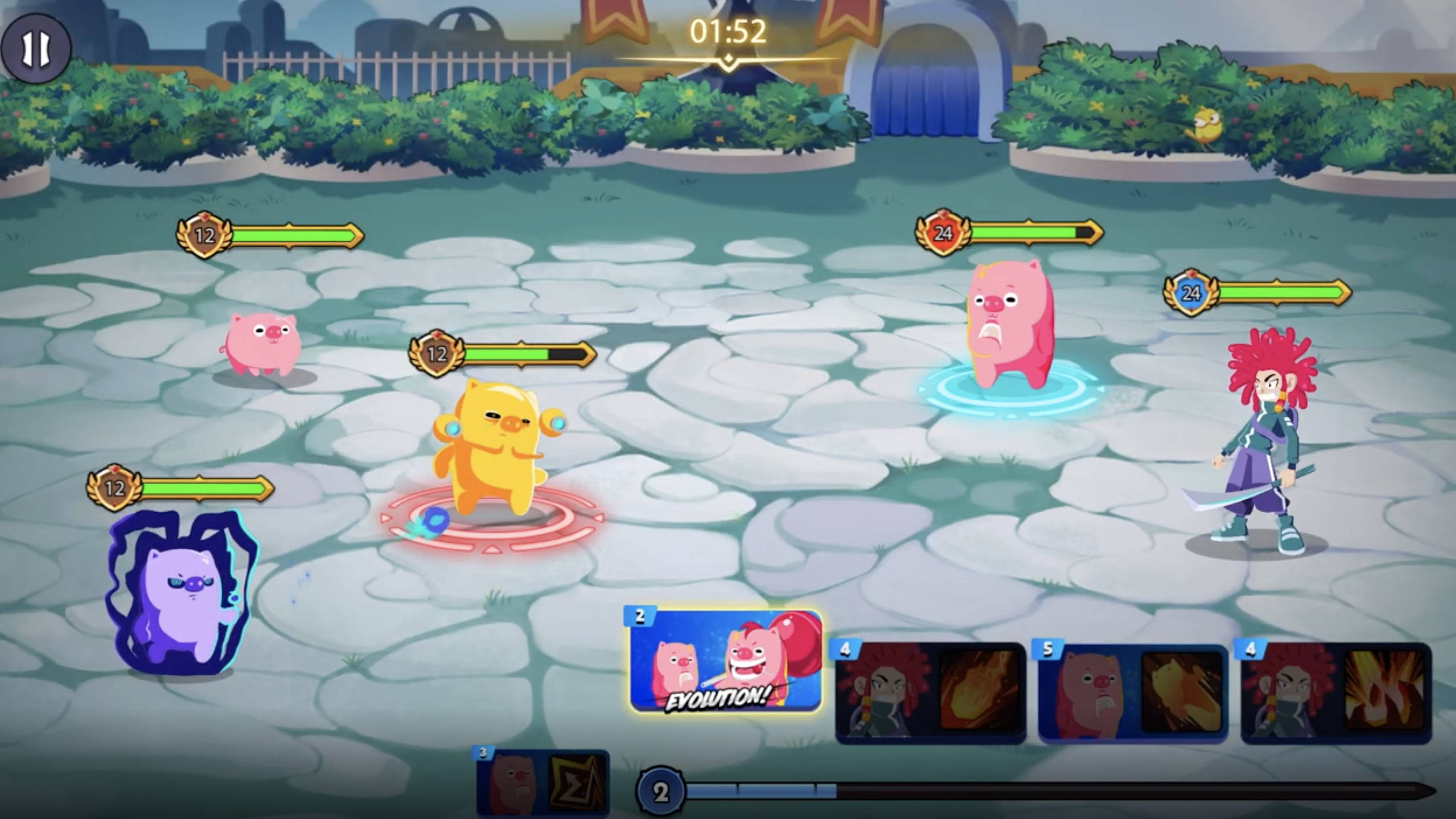
Crowdfunding is not new. Kickstarter has been offering fans a chance to help launch games for some time, but rewards are often your name in the game and a chance to be first to play.
NFT platform GameStarter enables indie developers to fund their games by offering pre-sale in-game items as NFTs. It means gamers can pick an indie game, help fund it, and take ownership of a portion of the game.
Additionally GameStarter has an on-platform marketplace and token ($GAME) to trade in-game item NFTs once the title launches. The pathway offered by GameStarter means a community can be built before a game releases and gives developers time to be creative.
This is just one example, but GameStarter points towards a future where players can become investors and own a portion of a game as NFTs. Like much of the new world of NFTs some UX love will be needed for this to really take off, as well as transparency in regards risks. But NFTs could introduce a whole new layer of crowdfunding for video games.
09. Fans will get greater rewards
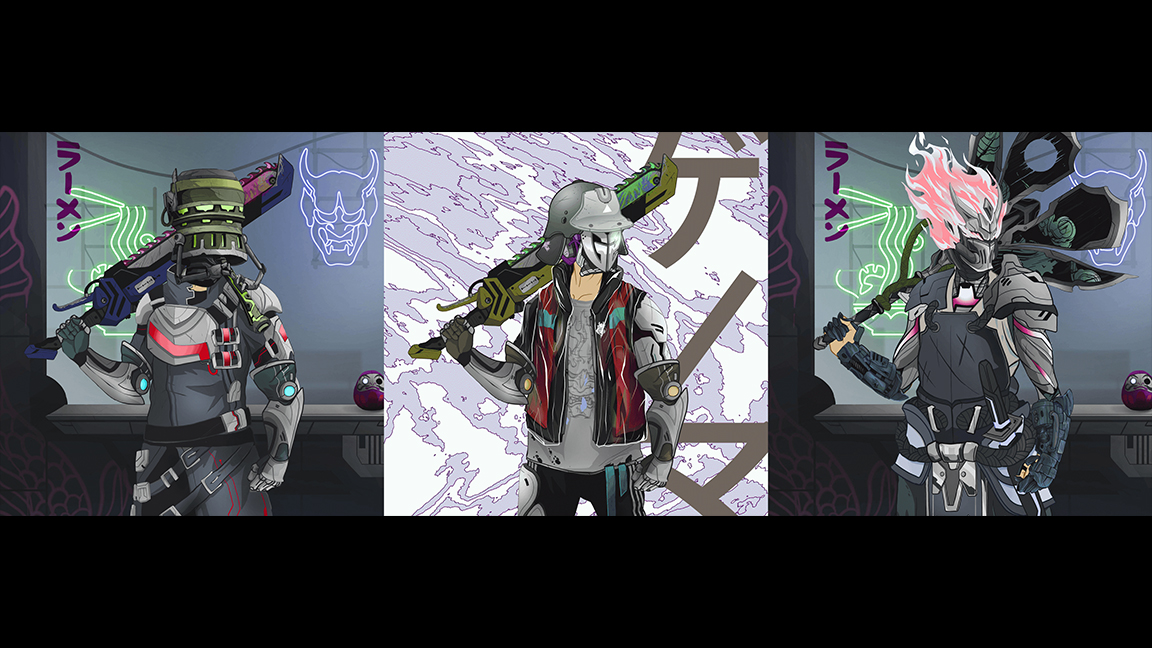
Games aren't just about the thing you play but the players you follow; the esports stars that make headlines and the developers making games possible. NFTs in games can act as gateways to get players closer to the people and teams behind the biggest games.
Purchasing a game's NFT could be used as a token to gain access to exclusive in-game events. G2 Esports, one of the world's largest esports organisations, has launched Samurai Army, a series of randomly generated NFTs that acts as a ticket to a social club, offering perks focused around gaming and entertainment.
NFTs used in this way enable game publishers to counter the volatility of NFTs as holders gain a long-term value – holding an NFT like Samurai Army will always offer you rewards and unique access regardless of the monetary value rising or falling.
10. Fitness games will be reinvented
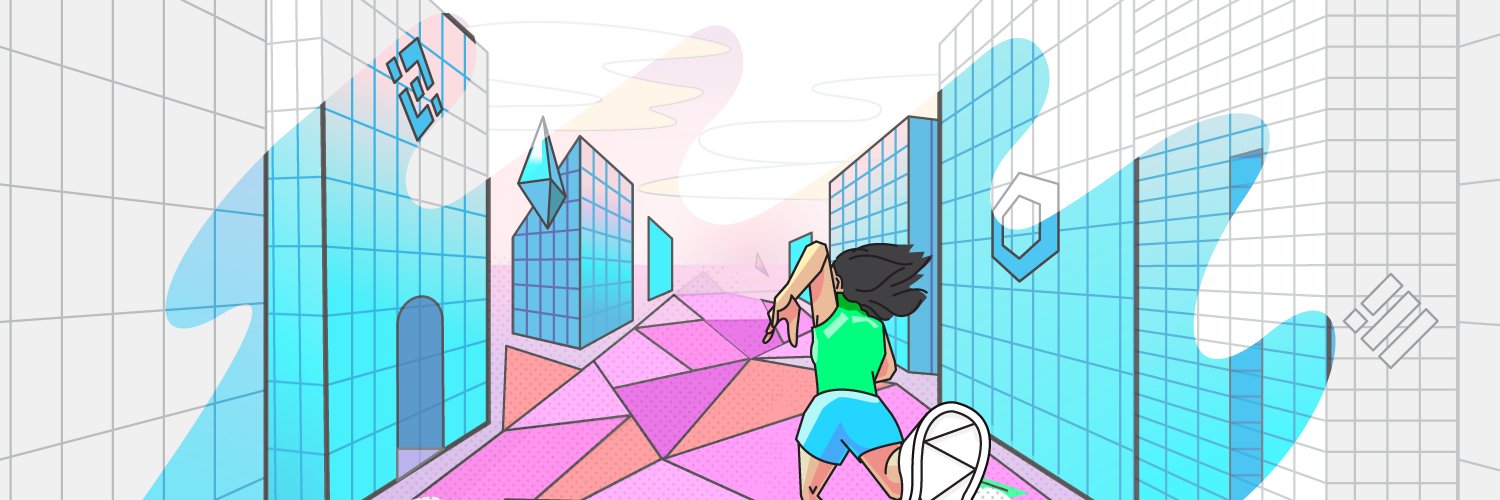
Nintendo made fitness games accessible with Ring Fit, and you read about that in our best Nintendo Switch accessories feature. Now imagine you can earn money from NFTs as you sweat. This is the idea behind Move-to-Earn games. One of the first is StepN that rewards players with NFT badges as they hit steps goals – like Couch to 5K with cash rewards.
StepN runs on the carbon-neutral Solana blockchain, which demonstrates how developers are now considering the wider impact of their games. Likewise, Genopets, a mobile AR game like Pokémon Go, offers free minting to new players. Usually NFTs cost gas fees to mint (create) and this can be expensive.
Accessible environmentally friendly games with a health kick? These two Move-to-Earn games point to a positive future for NFTs and gaming.
Read more
- The 11 NFT marketplaces you need to know
- The biggest NFT trends revealed
- NFT drops: Everything you need to know
NFT gaming explained
What is NFT gaming?
Non-Fungible Tokens, or NFTs, are certificates of ownership of a digital good made in limited numbers. For games this can be in-game items, collectibles, and avatars.
What games are using NFT?
Here are 7 of the biggest and most interesting NFT games…
01. Axie Infinity, is one of the most popular NFT games. This is a Play-to-Earn game a little like Pokémon.
02. Splinterlands, a card trading game that uses the low-carbon cryptocurrency Wax.
03. Tom Clancy's Ghost Recon: Breakpoint, this one is a Triple-A game that uses Ubisoft's own Quartz blockchain hosts Digits NFTs, and is built on the low-carbon Tezos blockchain.
04. Alien Worlds, this is a social metaverse game where you can build an entire universe.
05. Farmer's World, an NFT that boasts it's the first farming NFT game. Build a farming empire in a realistic ecosystem.
06. Upland is a property trading game that uses real-world addresses. Buy, sell, and trade virtual property set in real world spaces – it's 'Earth's metaverse'.
07. Crazy Defence Horses is a tower defence game that mixes Free-to-Play and Free-to-Earn styles of play.
How do NFT games make money?
NFT games earn from players by charging for entry, for example you'll need to buy an Axie creature pack to enter Axie Infinity (though you can now use a starter Axie for free but limited use). Or they take a percentage of NFT items bought and traded in-game.
What is the best gaming NFT?
Axie Infinity is considered the most successful NFT game. It has 3 million players and its in-game items are valued at $2.26 billion according to NFT game tracker Dappradar.
Disclaimer: The opinions expressed in the article are for general informational purposes only and are not intended to provide specific financial or investment advice or recommendations for any individual for any investment product. The article is only intended to provide general information and opinions about NFT marketplaces. The views reflected in this article are subject to change at any time without notice.

Thank you for reading 5 articles this month* Join now for unlimited access
Enjoy your first month for just £1 / $1 / €1
*Read 5 free articles per month without a subscription

Join now for unlimited access
Try first month for just £1 / $1 / €1

Ian Dean is Editor, Digital Arts & 3D at Creative Bloq, and the former editor of many leading magazines. These titles included ImagineFX, 3D World and video game titles Play and Official PlayStation Magazine. Ian launched Xbox magazine X360 and edited PlayStation World. For Creative Bloq, Ian combines his experiences to bring the latest news on digital art, VFX and video games and tech, and in his spare time he doodles in Procreate, ArtRage, and Rebelle while finding time to play Xbox and PS5.
